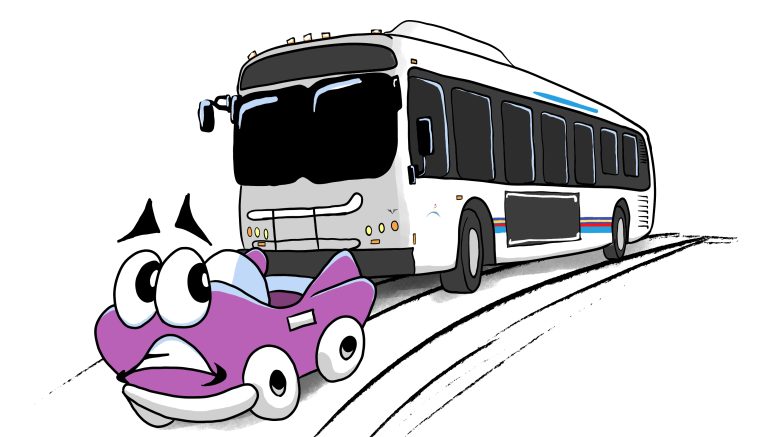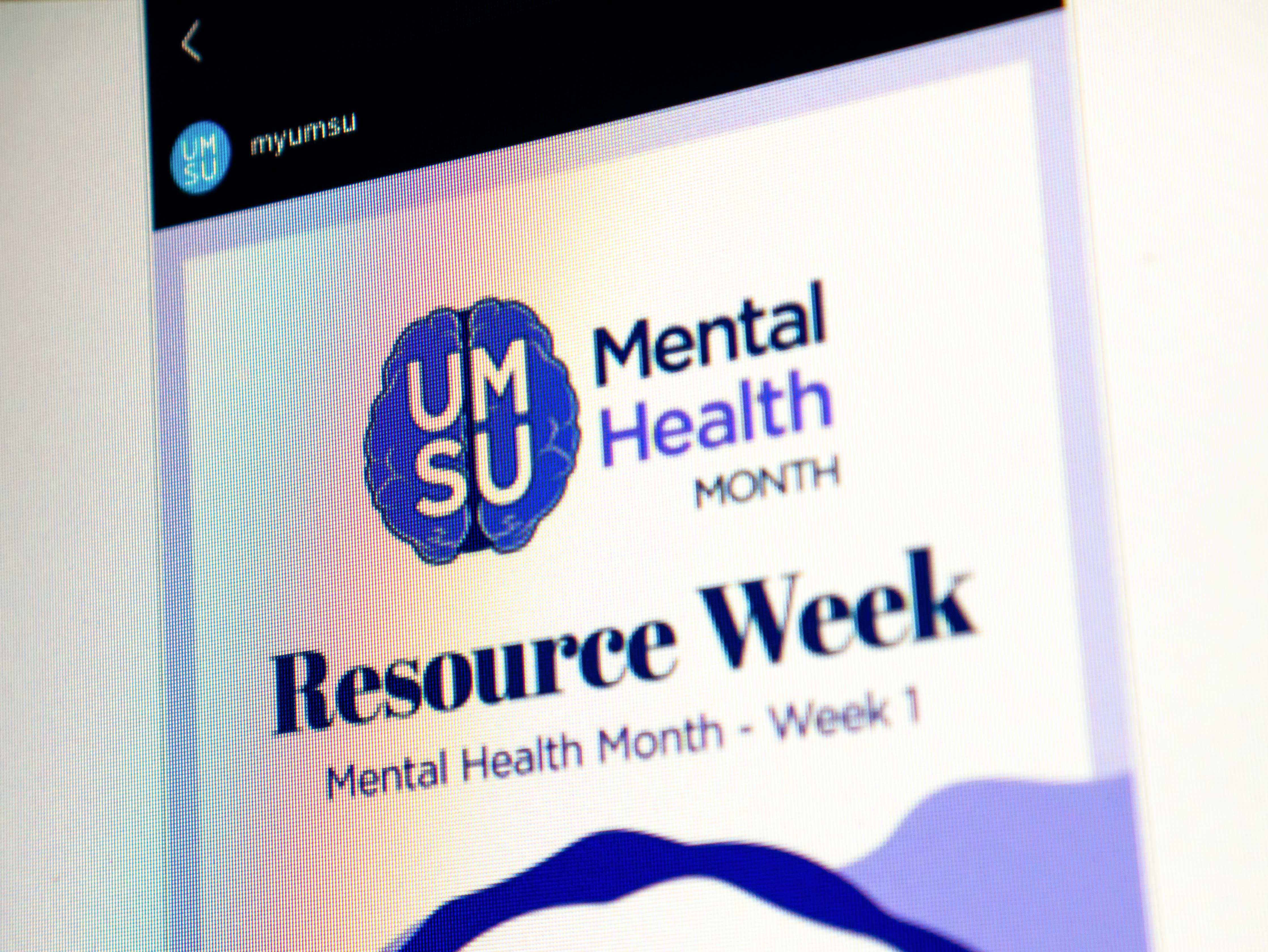The Free Press’s special series on Winnipeg Transit provided a good analysis of the challenges of our current public transportation system, stressing the improvement of functionality, the need for more federal and government funding and security concerns. The newspaper’s series highlighted Winnipeg Transit’s importance for those who need it the most: lower-income people, immigrants and other people in need.
I have some suggestions for improving our city’s transit system that received brief coverage in the Free Press special. My ideas can boost ridership, address financing and support Winnipeg Transit in making it equitable for everyone during a climate crisis.
- Gradually implementing a universal fare system
Winnipeg has lagged in ridership compared to major Canadian cities. The Climate Reality Project’s report, “National Climate League Standings 2022,” placed Winnipeg middle to the bottom for ridership compared to Vancouver and Montreal.
With most transit riders making below $50,000, working toward zero to low-cost fares would boost transit ridership. Boosting ridership would help reduce key security concerns for operators who face hostile riders who often can’t pay fares, because more people would be around.
City councillor Vivian Santos forwarded a motion to have the city study $1 bus fares in 2021, but the motion failed. Winnipeg City Council should start implementing universal bus fares for people 18 and under while capping adult bus fares at $2, with the eventual goal of $1.
Deeply discounted adult bus passes should be available for everyone, as opposed to $111.65 for a full-fare adult monthly pass. Currently, the WINNpass program offers a discount of more than 50 per cent for full-fare bus passes and e-cash rides for eligible low-income earners. Low to zero-cost fares are the way to go here if we want to accelerate increasing ridership.
- Fund Winnipeg Transit by increasing revenue streams
Winnipeg is struggling for revenue with a projected deficit of $7.1 million for the city, including a $900,000 deficit for Winnipeg Transit, according to CBC News. With a warming planet, these deficits will get worse as we face higher costs from battered infrastructure.
Winnipeg must address revenue deficiencies and ensure climate-resilient infrastructure, including public and active transportation. Some ideas for new revenue streams which I think could work are a payroll or toll tax on those who live on the city’s outskirts in areas like East and West St. Paul, Lockport and Niverville.
Another idea I support is a transit sale tax like Minnesota’s that the province of Manitoba could look at adopting. After all, the average bus fare in the Twin Cities for most routes is between $2.00 to $2.50.
We all win with fewer cars on the road, while those on the city’s outskirts pay their fair share for city services and build a financially resilient city in the process.
- Improving Winnipeg Transit advertising
Winnipeg Transit needs to improve its communication outside of the online world. The only way you can get a hold of their system maps is on their website. Want to access timetables? You more than likely need the Winnipeg Transit app for that.
Transit needs to tap into traditional media to boost its message. More television advertisements during big events, like the Super Bowl, could help with its visibility. So could combining the current cycling map with a new transit route map in time for the primary transit network launch in 2025, which will be available at all libraries.
Meanwhile having local celebrities push the launch would help Winnipeg Transit’s visibility further.
Winnipeg Transit could focus on any of these ideas to improve ridership and its brand.
Adam Johnston hosts “Not Necessarily the Automobile” Thursdays at 11:30 a.m. on UMFM 101.5. He can be reached at notnecessarilytheautomobile@gmail.com.





